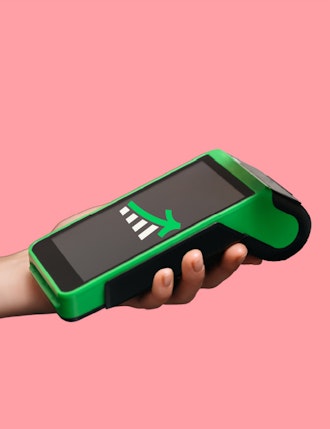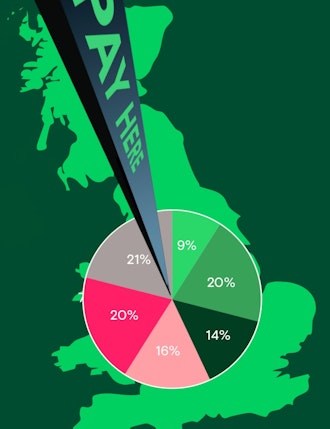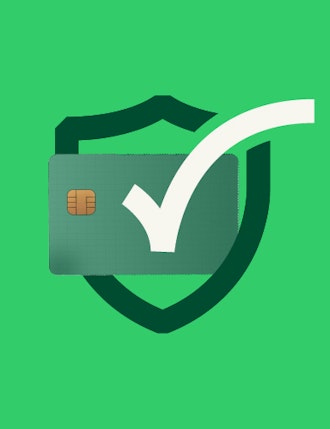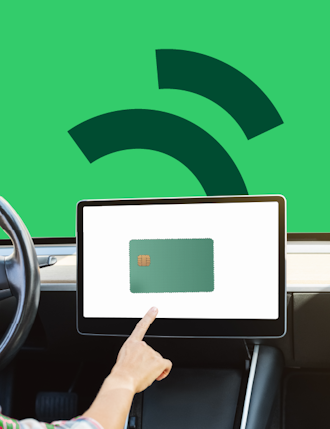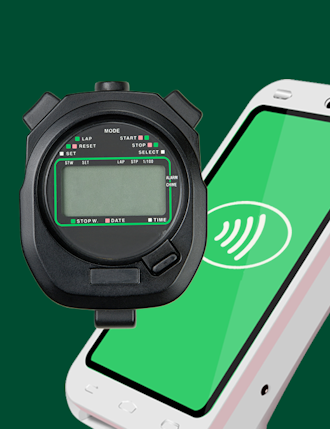Self-service kiosks are redefining how people pay - faster, simpler, and on their own terms. For payment enablers, this represents a great opportunity, as every kiosk is now a connected endpoint to manage, secure and orchestrate across the merchant network.
Key Insights
- Self-service kiosks are fast becoming the preferred way to pay, order, and check in.
- Around 66% of US shoppers say they’d choose a self-service kiosk over a staffed checkout, showing how mainstream the experience has become.
- The benefits of self-service kiosks are faster service, higher basket values, and smoother operations for merchants.
- For payment enablers, each kiosk adds a new payment endpoint to manage, secure, and orchestrate.
- The biggest wins come from linking kiosks into a connected ecosystem that’s compliant, and data-driven, and above all, flexible.
- Aevi helps payment enablers unify these experiences, turning multiple merchant touchpoints into one secure, seamless environment.
Don't have time to read more now? Sign up to our newsletter to get the latest insights directly in your inbox.
Transactions speak louder than words…
It’s the usual morning rush at a coffee shop: not enough baristas, a line to the door and orders stacking up. That’s the first queue - the one everyone can see.
Now look ten feet to the side. There’s a second queue you barely notice: people at the kiosks, tapping in orders, paying, and stepping away. The whole transaction is done on a touchscreen.
That’s the self-service kiosk in action, and it represents a quiet change in how we pay: faster for customers, steadier for staff.
For payment enablers, this matters, so let’s take a look at why...
So, what are self-service kiosks?
Simply put, a self-service kiosk is a connected touchscreen terminal that lets customers order, check in, or pay - no staff required.
Under the hood, each kiosk links to the merchant’s POS, payment gateway, and back-office systems. The technology blends hardware (screens, card readers, scanners, printers) with software that handles secure, PCI-compliant payments in real time. Modern kiosks accept cards, contactless, wallets, and QR codes, and sync directly with inventory, loyalty, and booking tools.
If you’ve ever used a self-ordering kiosk at a quick-service restaurant or a digital check-in point at a clinic, you’ve already seen the model in action.
And it’s scaling fast. Analysts expect the self-service kiosk market to grow by billions over the next few years, driven by contactless payments and customer demand for faster service. The meaning of “checkout” itself is evolving into something that once required human interaction, to something totally digital.
Why businesses are investing in self-service
Let’s start with the obvious: kiosks cut queues. But the advantages of self-service kiosks go far beyond that...
-
Efficiency.
By automating routine tasks like ordering or registration, kiosks free up staff to handle what machines can’t. This has seen many merchants reduce wait times by up to 40%.Revenue.
Screens don’t forget the upsell. Smart self-ordering kiosks use images, bundles, and recommendations to increase average order values by 10-30%.Data.
Every tap and scroll tells a story. Merchants can see what’s selling, when, 
and how customers prefer to pay. Enablers can use that insight to optimize routing, manage acquirer relationships, and improve overall performance.
And when kiosks plug into a wider ecosystem (not just local POS, but cloud-based payment orchestration) that data becomes really powerful, as you move from simply processing payments to understanding them.
What customers actually want
Of course, customers like faster lines, but they also like another thing: control. A kiosk lets them build their own order and pay how they prefer, all without feeling rushed.
At the same time, they still want to know help is nearby.
Studies show that while 66% of shoppers prefer self-service because it feels faster, 82% still value human interaction when things go wrong.
The best setups offer both: independence on-screen, with human reassurance within reach.
Healthcare is a good example. Kiosks speed up check-ins and reduce admin work, but they also handle sensitive data, so privacy and accessibility matter just as much as speed. The pros and cons of self-service kiosks in healthcare come down to balance: automation without alienation.
In other sectors, the same pattern holds. In retail, for example, people expect options. Sometimes that means a tap-to-pay kiosk; sometimes it’s still a person at the counter. The winning environments combine the two.
How kiosks are reshaping payments (and what you can do about it)
As a payment-enabler, this is the most important thing to understand...
Every kiosk added to a merchant’s floor plan changes the payment landscape, as each one introduces new data flows, acquirers, and security boundaries to manage.
For payment enablers, that means thinking beyond “terminals” and toward connected estates - environments where every POS, SmartPOS, SoftPOS, and kiosk runs under one control layer.
That’s where orchestration makes the difference
Instead of handling dozens of separate devices and integrations, with orchestration, enablers can manage updates, security, and payment routing from a single platform.
The future of self-service kiosk technology lies in that connection. AI will personalize recommendations. Cloud orchestration will keep fleets consistent. Data will flow freely across merchants and markets. But it all depends on one thing: the ability to see and control the full ecosystem.
“On the Aevi platform, kiosks are easily enabled for payments through integrated payment terminals or SoftPOS, powered by a single SDK that works across all endpoints. That means faster rollouts for your merchants, and fewer sleepless nights for your ops team.”
Nadim Ghafoor, Senior Product Manager, Aevi
By helping merchants connect, secure, and optimize their self-service environments, you strengthen both the checkout and the relationship behind it.
Aevi brings those layers together - from payments to platforms to performance - so every tap, scan, and transaction runs as part of a unified, compliant whole.
When payments feel effortless, customers come back, and that’s what “staying ahead” really means.
Ready to simplify how your merchants manage self-service payments? Let’s talk about how Aevi can help.
Interested in reading more around this subject? Here are some useful articles…





